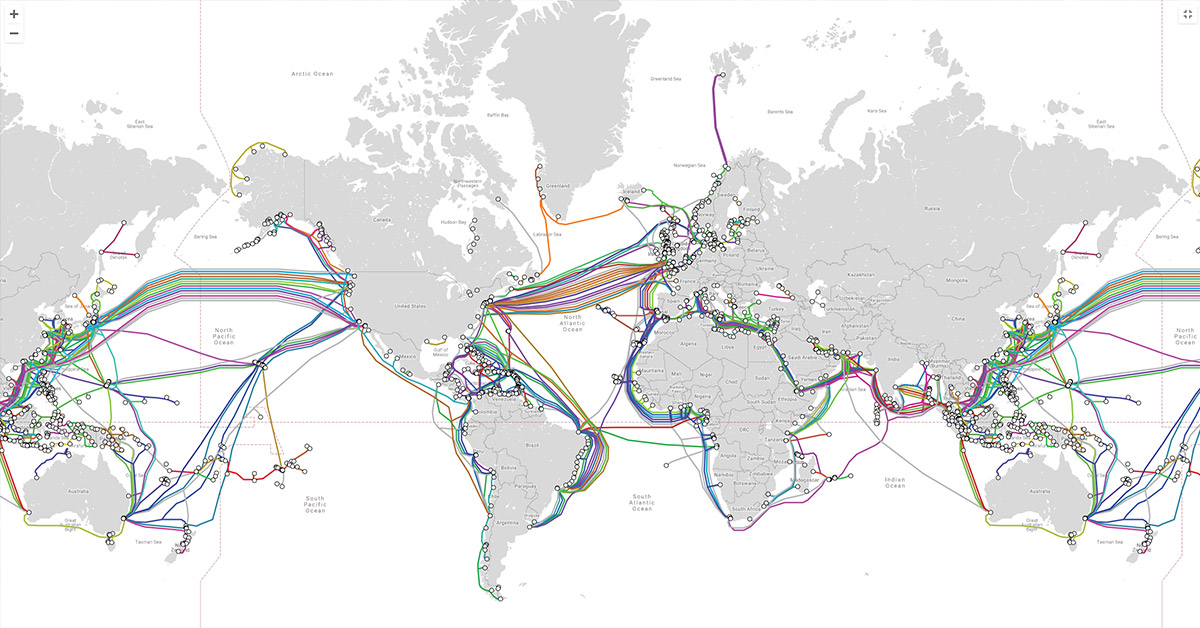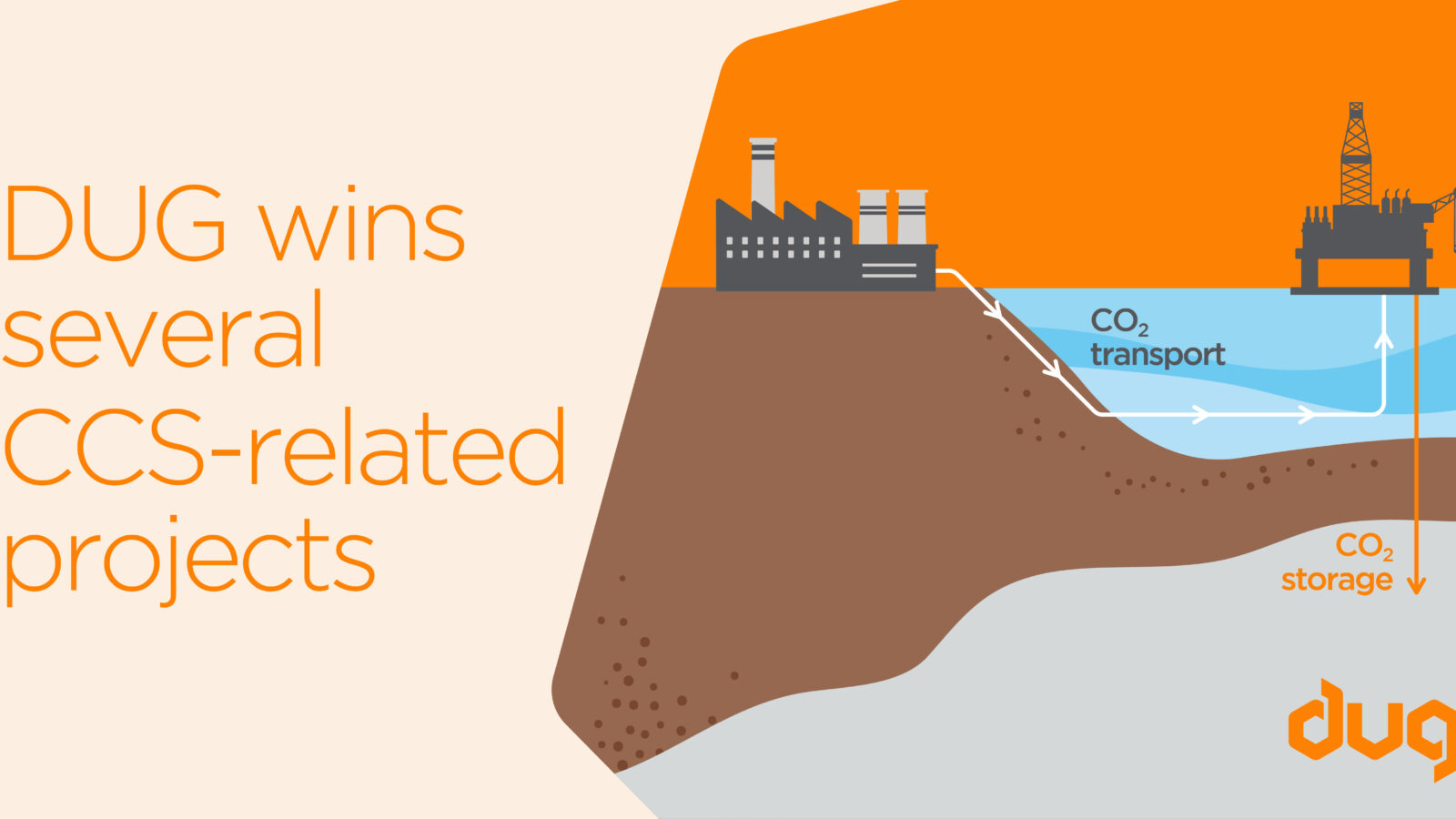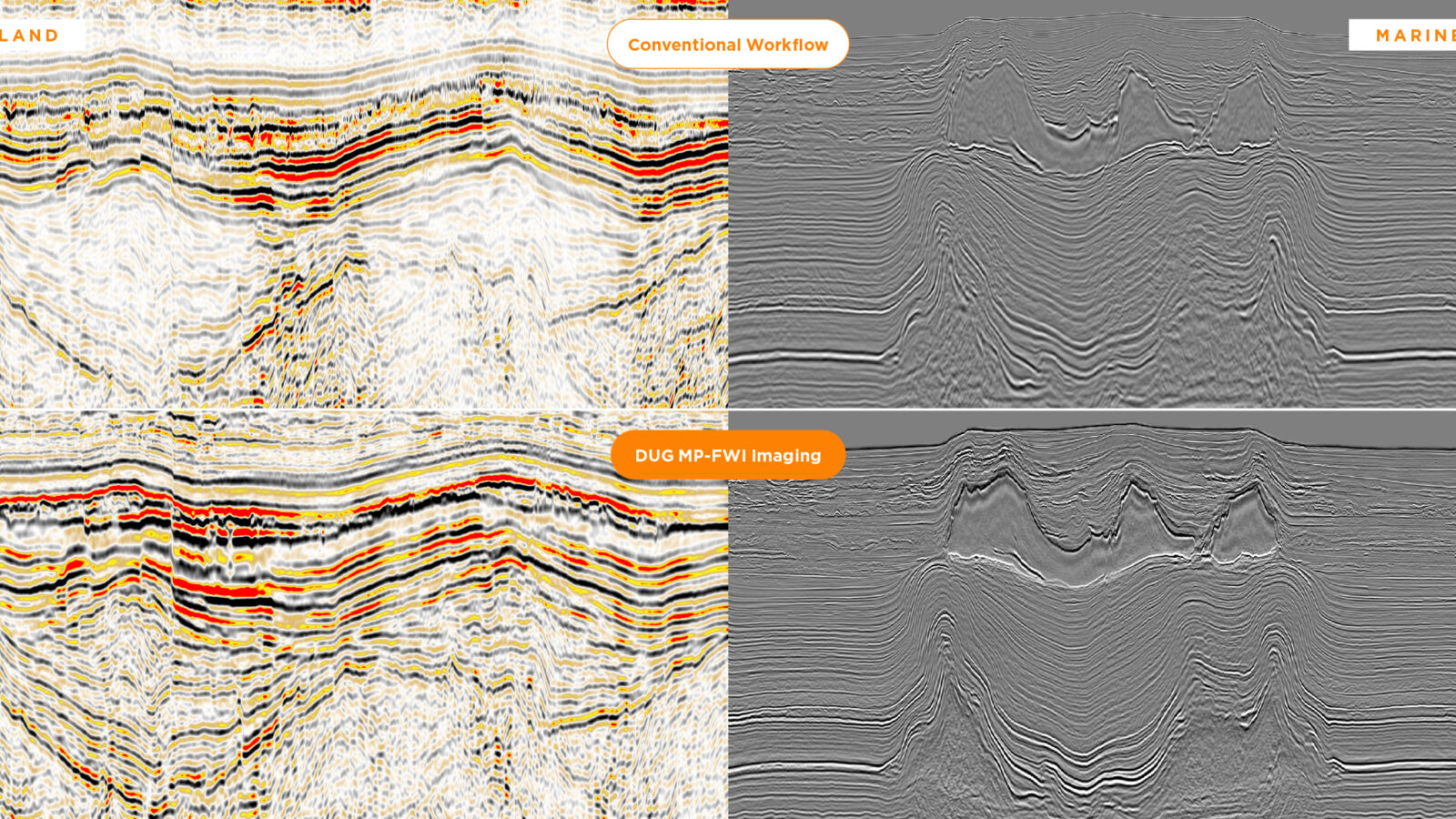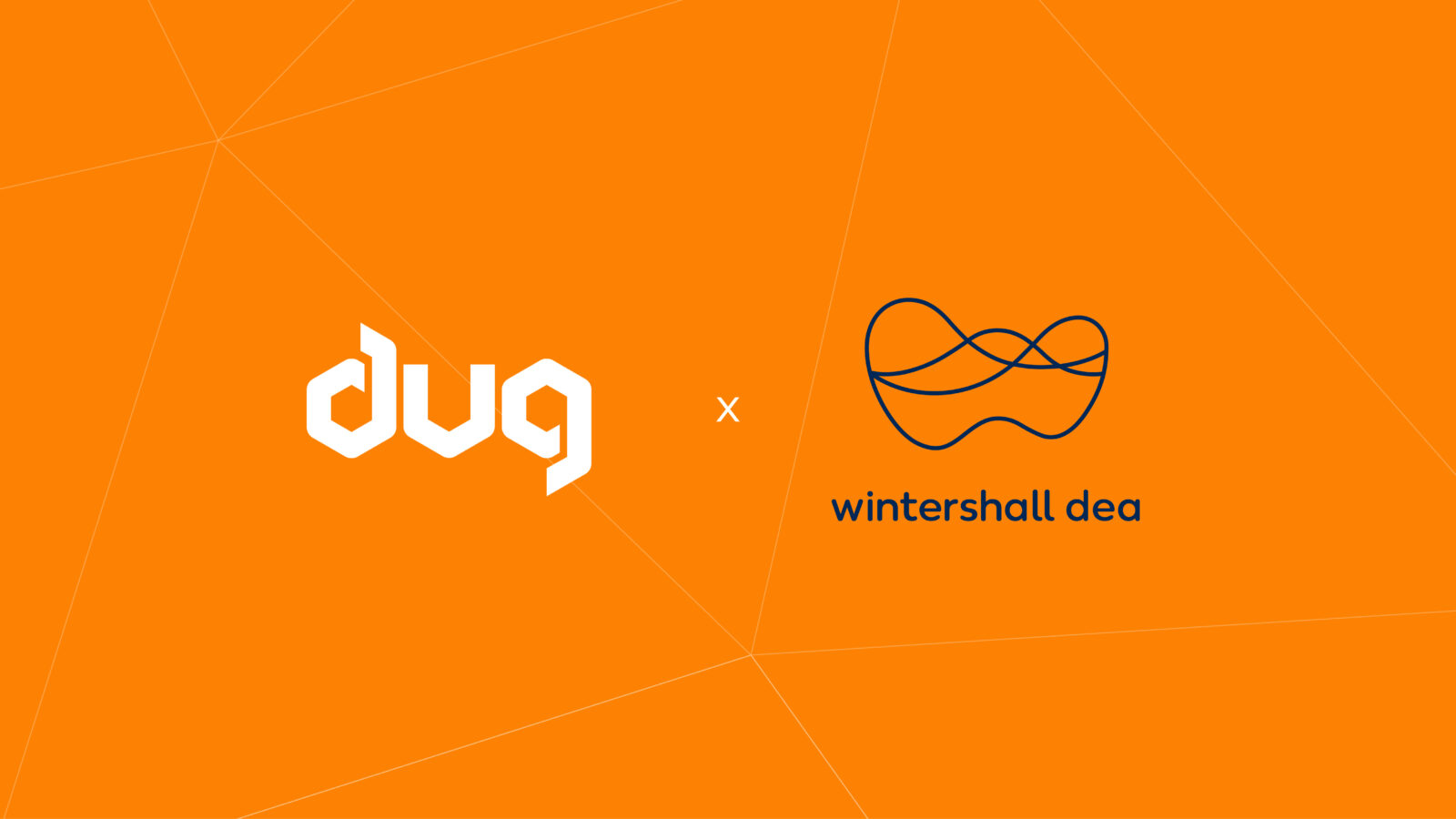The internet is a weird and wonderful thing, with a bright shiny dance floor, disco ball, dark corners, purple booths and everything in between. It has become ubiquitous in our daily lives with most kids today relying on it for entertainment, socialising, organisation and information.
BUT, what is it physically?
Underlying the whole internet ‘thing’ are companies that provide the trenches, cables, switches, routers and other physical infrastructure. The base building blocks are the Tier 1 network providers. These companies and organisations link nearly all the countries in the world and provide the base transit of all the data. They install the cables under the sea, run fibre around our cities and inter-link everything that we know and love. When you want to link your data centres together, you typically purchase large amounts of bandwidth from these vendors and build your network on top of their infrastructure.
To get an idea of the scale, take a look at this video animation – it’s quite mindblowing.
At DUG, we recently lit-up our global network, linking our data centres in Perth, Kuala Lumpur, London and Houston. To set up points of presence (“PoPs”) around the world we partnered with Equinix and Netrality in their carrier neutral data centres in Perth, Singapore, London and Houston – allowing us to build our international network, connect to clients, and pair with academic and research networks. We partnered with GTT globally to provide the international transit linking these PoP’s, and providers Tampnet, TPG ,and Crown Castle to deliver into our datacenters. This architecture enabled us to become the first commercial customer of AARNet, allowing us to be “on-net” for all academic and research institutes in Australia.

But why not just use the internet?
In short, performance.
When you want to transfer massive amounts of data intercontinentally, you end up fighting the laws of physics. Nothing can travel faster than light, and the “time” between locations can be quite large. For example, it can take over 0.1s for a signal to travel from Perth to Houston. At 10Gb/s that means at least 100MB of data in flight before the first bit arrives. This data is held in the network hardware of the internet.
To hold this much data globally for EVERYONE means an enormous amount of data is “in flight”. To extract performance requires specialised hardware, and so we partnered with Juniper Networks who provide hardware with deep buffers (can hold lots of data in flight), sophisticated congestion control, and fast packet routing. This provides the high performance we need over these long-fast links.
Another factor to achieve high performance is consistent latency which you can only achieve with international transit by partnering with the Tier 1 providers of the internet.
DUG’s partners, network design and data-moving capabilities enhance our DUG McCloud and HPCaaS offerings. We can ingest, process, store and egress massive amounts of data – enhancing your own data capabilities.
Get connected and accelerated today!






























